Corsair Force GT & Performance Pro SATA III SSD Roundup
Guts, Guts and More Guts
All three of the drives are very similar in construction although the 240GB GT has a smaller PCB and bolts in the middle rather in the lower corners.
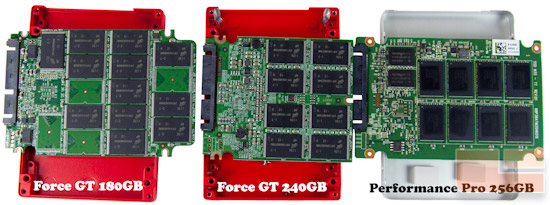
Notice that the Performance Pro drive has thermal pads that rest on the NAND and there is one that rests on the controller as well. The SandForce drives lack this and frankly, I’m not sure even the Marvell drives need it.

Though larger in capacity, the 240GB GT drive is smaller in stature and has fewer NAND modules than that of the 180GB drive, but double the number as the 256GB Performance Pro.

Looking a bit odd in comparison, the 256GB Performance Pro is nearly naked on the back save for the controller.
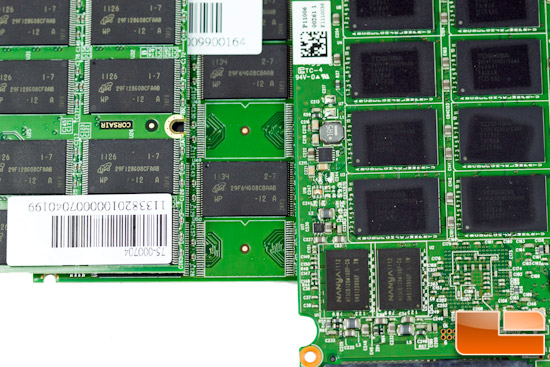
A little closer examination reveals Micron NAND for the SandForce drives and Toshiba NAND for the Marvell powered Performance Pro. Note the dual 256MB NANYA DDR3 chips used for the cache on the bottom right.
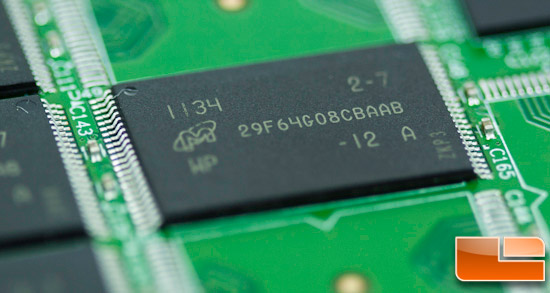
First up, the Force GT 180GB with its NAND modules labeled with part number 29F64G08CBAAB, which are 25nm Micron synchronous chips and 8GB in capacity. The very same we saw in the 120GB Force GT drive.
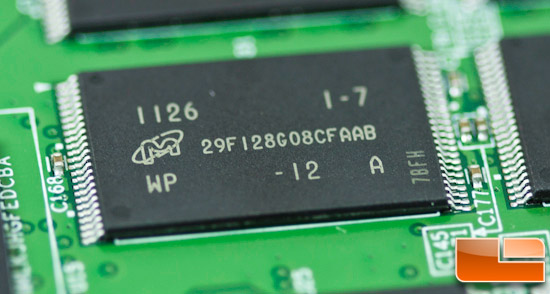
Secondly, the Force GT 240GB. Again, Micron 25nm synchronous NAND flash with part number 29F128G08CFAAB, but each being 16GB in capacity.
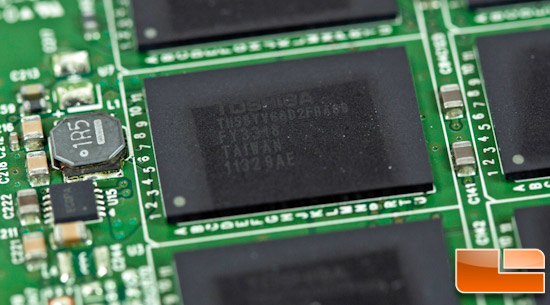
Finally, the Performance Pro drive sports eight Toshiba branded 32nm toggle NAND modules at 32GB each for a total of 256GB.
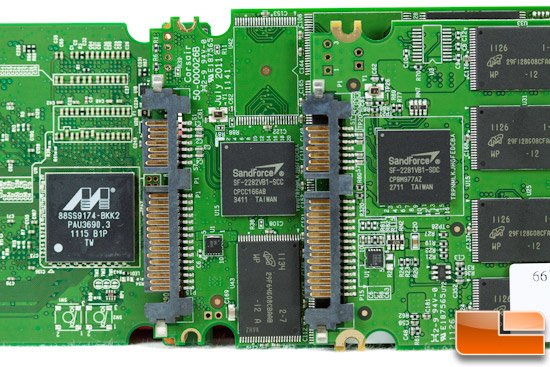
The controllers on the Force GT drives are identical – SF-2281 chips. These SandForce controllers are well respected in the industry and comprise a large percentage of drives out in the wild. With real time compression, the top speeds are pretty amazing when paired with highly compressible data and it does not rely on a cache to get the job done. The DuraClass technology it employs handles everything from encryption and wear-leveling to doing maintenance like idle garbage collection. Of course, TRIM is supported if the OS passes the command. The Marvell controller works a little differently as it does not use compression to boost productivity and does rely on 512MB cache to buffer data. As such, the workload (in terms of data composition) impressed upon it has no impact on performance as the benchmarks will bear out. This is also a very popular controller used by Micron, Crucial, Intel, OCZ and others. Like the SandForce controller, it also supports TRIM and idle garbage collection while handling wear-leveling duties.

Comments are closed.